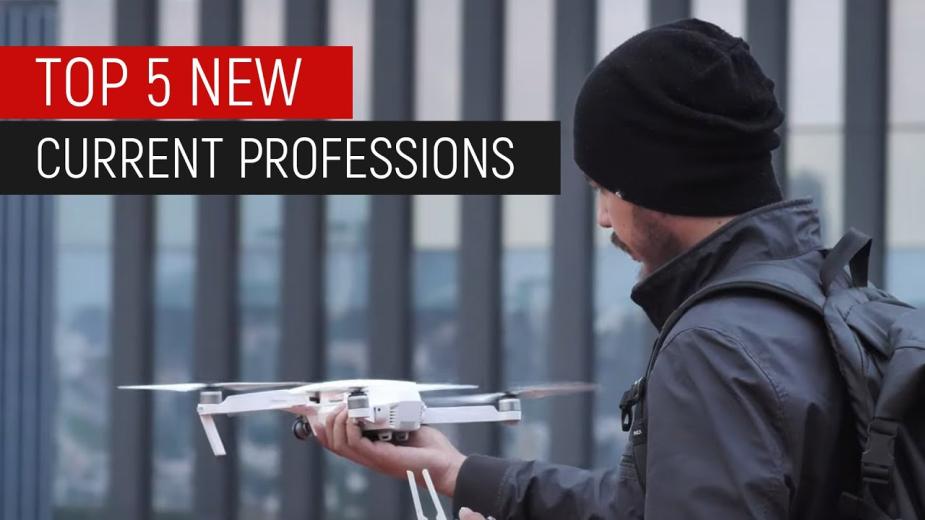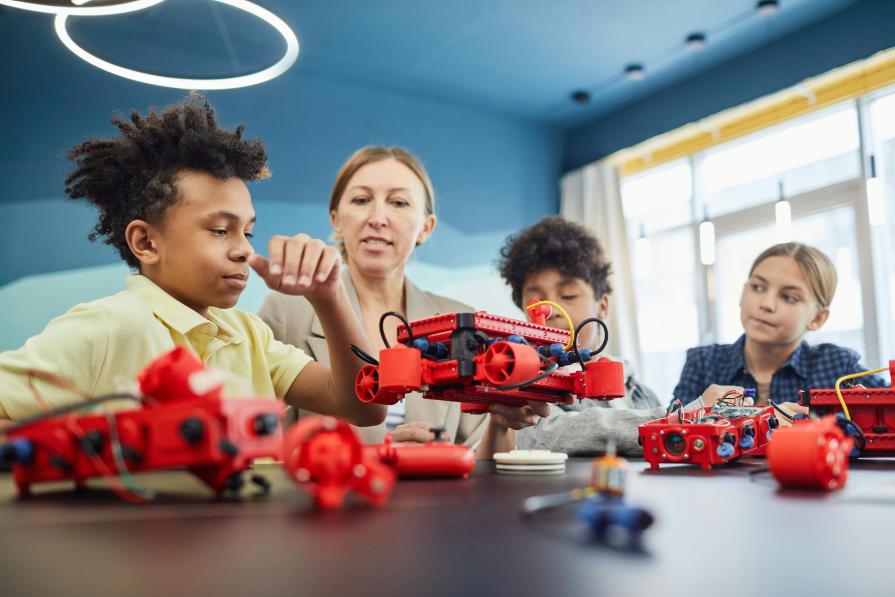Liberal arts and science: an educational trend or a natural application of innovations in the learning process? Let's understand the term and the advantages of the approach.

Definition and basic benchmarks
Liberal arts and science can be translated from English as liberal education, but this will be only a literal calque that does not reflect the entire meaning of the term. This approach to learning has long been used in developed countries. The methodology is based on ancient Greek teachings and supports an interdisciplinary format of education. Most often, the basic set of liberal courses includes social sciences, humanities, natural sciences, and the arts. Universities use this approach with individual conditions: they themselves determine the number of academic disciplines and the final degree that the student will receive — from narrow-profile to generalized.

Interdisciplinarity as an integrated educational approach helps students see the world more broadly and multifacetedly than they would learn in narrow-profile areas. Such soft skills, which are in demand in the modern labor market, are formed precisely through comprehensive studying. Another advantage of the approach is the development of the independence of the future specialist, since he forms his own schedule, chooses disciplines and combines them with each other. At the same time, there are no restrictions on combining spheres: one person can study both literature and physics at the same time. Basic subjects are effectively supplemented by third-party disciplines, which, for example, develop critical thinking, teach self-promotion skills and write a high-quality resume.
According to some studies, it can be concluded that in a few years the focus on narrow-profile specialists will be shifted. Today, IT specialists and engineers seem to be the most promising professions of the future, but researchers prove that in the long term, those experts who will be able to combine specialized knowledge with highly developed soft skills will go to the top — only such specialists will be able to quickly respond to global challenges and adapt to them.
Obvious advantages of the approach
In today's conditions of competition in the labor market and the rapid development of all industries, it is important for future specialists to be able not only to talk about their work in theory, but also to effectively apply knowledge in practice from the first days. The applied part of the study is one of the strengths of the liberal approach: in the process of studying, students spend most of their time outside the lecture hall, practicing to use the information received in the implementation of projects, participating in business games or creating their own startups. Each university and college independently chooses what conditions to create for practical classes of students.

One of the striking foreign examples: Bards College Berlin, Art Factory. On the basis of the factory, teachers conduct master classes for students, after which students create their own creative works, make theatrical performances or demonstrate carpentry. After completing projects, students exhibit them at internal events, discuss their own and other people's work with classmates and staff.
Another advantage of the liberal approach is the formation of a supportive community, which includes not only students and staff, but also university graduates. Yesterday's students do not leave their alma mater forever and with the ends, but continue to communicate with the university, create communities on its basis, where they share their experience with future specialists. Similar formats can be created by today's students with the support of teachers or completely autonomously. In such communities, the main goal is to share opinions and hear each participant, without harsh criticism and devaluation. Support is the driving force behind united and motivated students!
Having mastered multiple soft skills and useful contacts, after graduation, a student comes out as a ready-made future entrepreneur — for this, he has a strong starter package of connections and skills that will help build a quality business. Only an interdisciplinary approach can prepare students for such a future, since it teaches them to see the strengths of different fields, to be able to combine them with each other in order to emphasize their advantages even more clearly and minimize their disadvantages.
A good example of implementation
Aalto University in Helsinki illustrates a great way to put a liberal approach to education into practice. In Finland, it is considered a kind of experimental test by the government in an attempt to modernize the old system. Interdisciplinarity at the university links business, technical areas and art – all of them are present in the program of six internal schools:

- Electrical engineering
- Business
- Art, design and architecture,
- Engineering
- Science
- Chemical engineering.
Each of the schools is divided into narrow-profile areas, but at the same time does not force students to stay within this profile, students are actively motivated to combine basic subjects with additional disciplines that they choose themselves. Students can practice and create versatile projects at the Aalto Design Factory, Media Factory and Factory of the Future. It was in the process of practice that university students came up with and implemented the popular Slush technology and startup festival. Financial support for student projects is provided by investors who cooperate with the Startup Sauna accelerator at the Finnish university.











